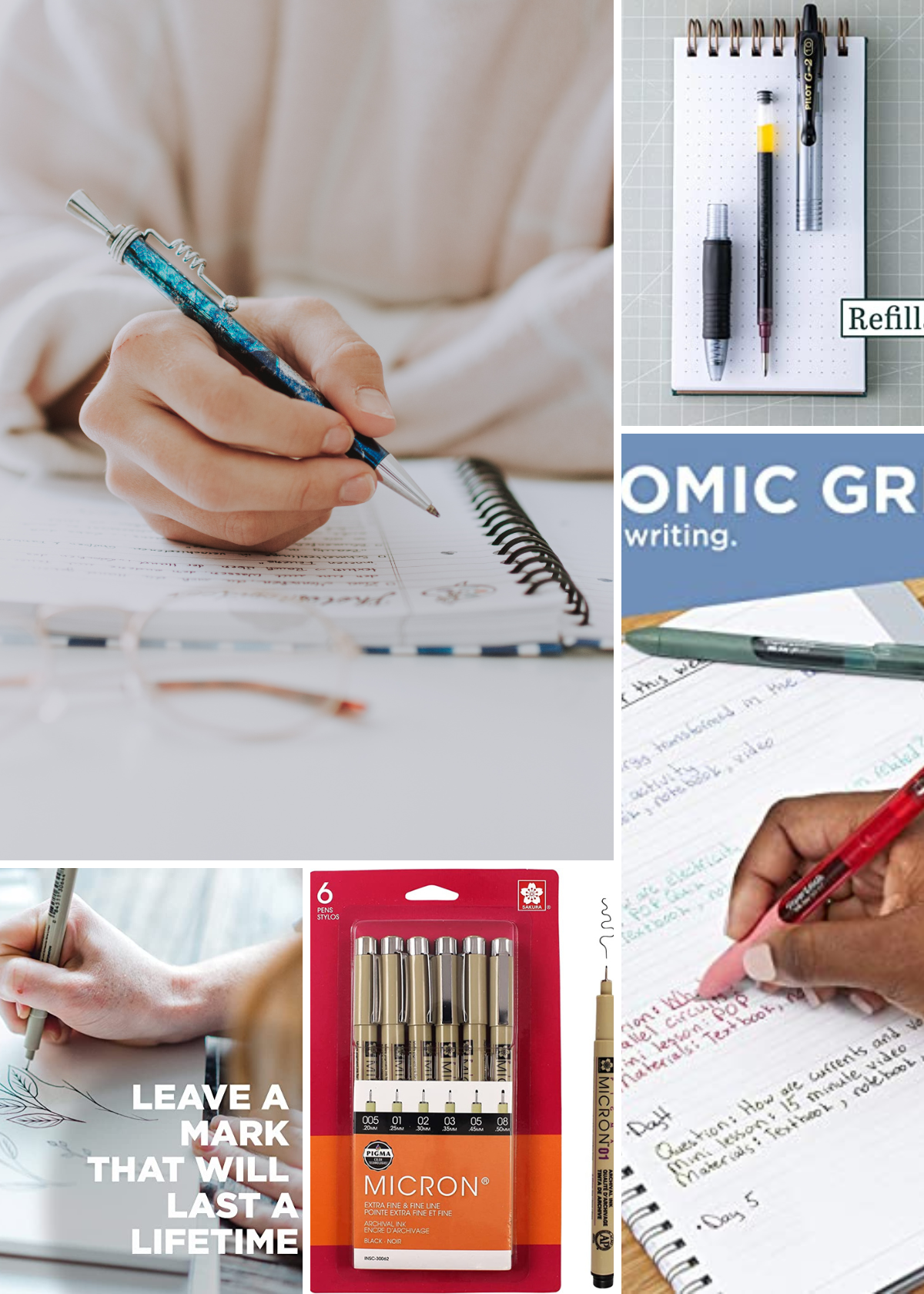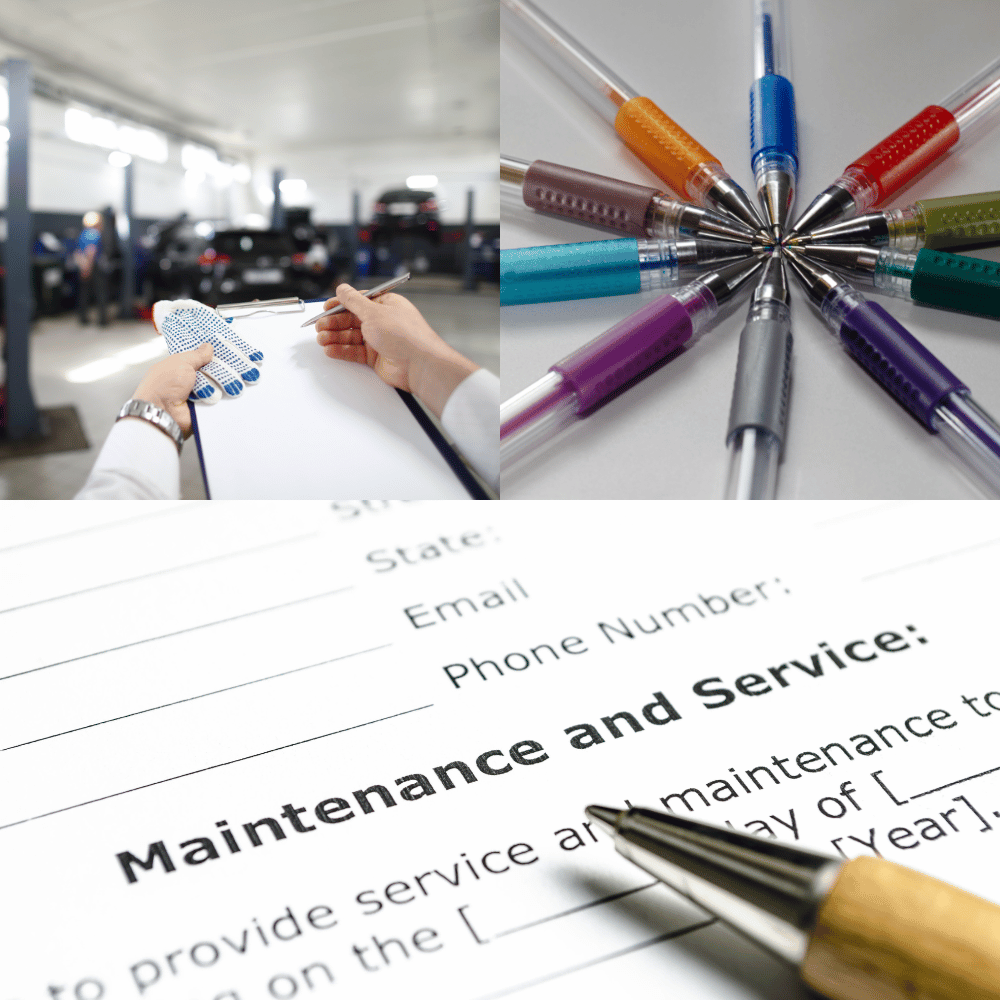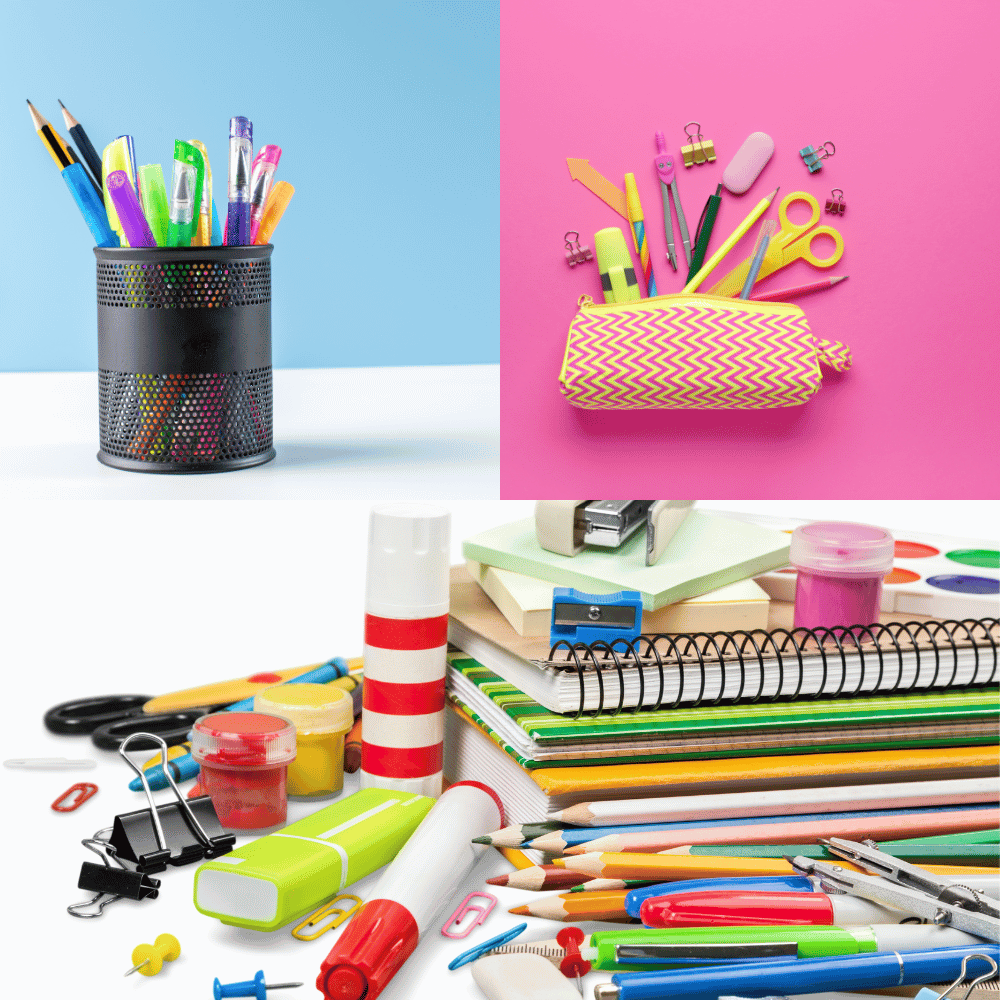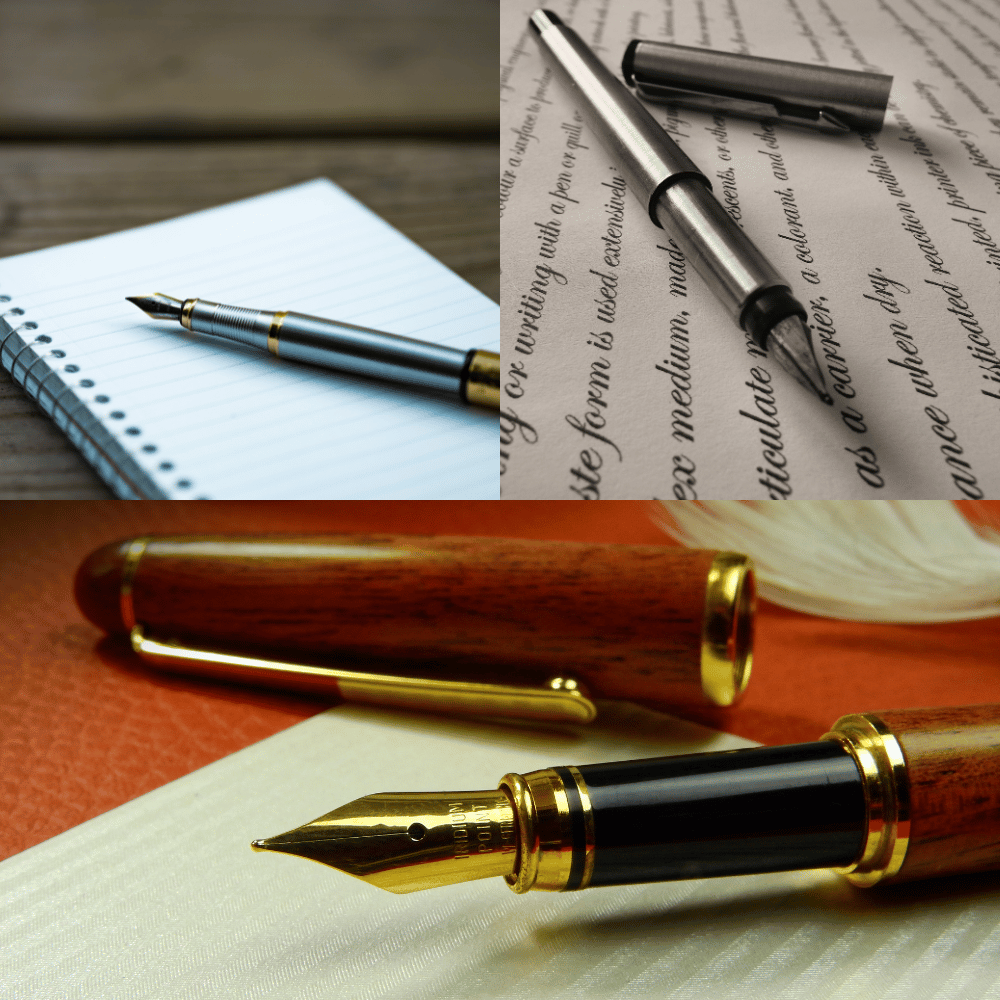Writing instruments have been pivotal in human history, and among them, the pen stands out as a symbol of knowledge and communication.
But have you ever paused to consider what makes up this everyday tool? In this conversational and informative article, we'll dissect the humble pen, revealing each part and its function.
Key Takeaways:
- Understand the various components that make up a pen.
- Learn the specific functions of each part of a pen.
- Discover how pen cases and pen holders contribute to the longevity and functionality of pens.
The Cap: Protector of the Nib
The cap is the unsung hero of a pen's longevity. It serves a dual purpose: protecting the nib or tip from damage and preventing the ink from drying out. For pens like fountain pens, the cap often includes a clip, which not only adds to the aesthetic but also ensures the pen can be securely fastened to a pocket or notebook.
The Barrel: The Pen's Chassis
Moving on from the cap, we encounter the barrel. This is the main body of the pen, housing the ink reservoir and providing the structure to which all other parts are attached. The barrel's design is crucial for ergonomics, dictating the comfort level during writing. It's the part you hold onto, so its shape and texture are key to a good writing experience.
The Grip: Where Fingers Meet Pen
Just below the barrel, many pens feature a grip section. This is where your fingers rest when writing. The grip can be made of various materials, such as rubber or textured plastic, to prevent slipping and reduce writing fatigue. It's a small but significant part of the pen's design, ensuring that the pen doesn't just write well, but feels good in the hand.
The Nib or Tip: The Point of Contact
At the business end of the pen, we find the nib (for fountain pens) or the tip (for other types of pens). This is where ink meets paper. The nib or tip's material and shape affect the smoothness of the writing and the thickness of the lines. It's a critical component that can be made from metals like steel or even gold.
The Ink Reservoir: The Pen's Lifeline
Inside the barrel lies the ink reservoir. This can be a refillable cartridge in a fountain pen, a disposable ink tube in a ballpoint, or a chamber with a piston mechanism. The reservoir's capacity determines how much writing you can do before needing a refill. It's the heart of the pen, pumping life—ink—onto the page.
The Feed: Ink's Pathway
In fountain pens, the feed is the part that connects the ink reservoir to the nib. It ensures a steady and controlled flow of ink, using a series of channels and fins to regulate the ink's delivery. The feed's design is crucial for preventing leaks and ensuring a consistent writing experience.
The Clip: More Than Just an Accessory
The clip is often part of the cap, but it deserves its own mention. It's not just for attaching the pen to your pocket; it also prevents the pen from rolling off the table. The clip's tension and material are important factors in its functionality and durability.
The Push Button or Twist Mechanism: The Activator
For retractable pens, the push button or twist mechanism is what exposes or retracts the tip. This mechanism can be a simple spring system or a complex series of gears. It's a marvel of miniaturization and engineering that adds convenience to the pen's use.
The End Plug: The Finishing Touch
At the opposite end of the tip, you'll often find an end plug. This small piece, usually made of plastic or metal, completes the pen's aesthetic and can also play a role in the balance of the pen. It's a subtle but important detail in pen design.
Pen Cases: The Guardian of Your Writing Tools
Pen cases are essential for anyone who values their writing instruments. They protect your pens from the elements, scratches, inks, yellow, parker, and impacts. A good pen case can be a stylish accessory that not only safeguards your pens but also organizes them for easy access.
Pen Holders: A Stationary Home for Your Pen
Pen holders serve a different purpose from pen cases. They provide a designated spot for your pen on a desk or workspace, ensuring that your pen is always within reach and displayed elegantly. They can be standalone pieces or integrated into desk organizers, and they help maintain a tidy and efficient writing area.
Customization: Making It Yours
Many pens offer customization options, from interchangeable parts to engravings. This allows users to tailor their pens to their writing preferences and style. Customization can range from choosing different nib sizes to having a pen case with your initials.
The Evolution of Pen Design
Over the years, pen design has evolved to incorporate new materials and technologies. From the first quill pens to the modern ballpoint, check each innovation has improved the writing experience.
Today's pens are a blend of tradition and cutting-edge design, ink cartridges, orange, offering a wide range of options for every type of writer.
The Environmental Impact of Pens Pen accessories
As we become more conscious of our environmental footprint, the pen industry is also adapting. There are now pens made from recycled materials and those designed to be refillable or recyclable. This shift is important for reducing waste and promoting sustainability in writing tools.
The Pen in the Digital Age
Even in the digital age, pens remain relevant. They offer a tactile and personal touch that digital devices can't replicate. Whether signing a document or jotting down notes, ferris wheel press, the pen continues to be an indispensable tool in our daily lives.
Summary
From the protective cap to the ink reservoir, each part of a pen plays a crucial role in its function and feel. Pen cases and pen holders extend the life and utility of these writing instruments, making them not just tools but cherished accessories. Understanding the parts of a pen enriches our appreciation for this timeless tool and its place in our lives.
FAQ Section
Q: What is the most important part of a pen?
A: While all parts are essential for the pen's function, the nib or tip is arguably the most important as it directly affects the writing quality and experience.
Q: How can I choose the right pen case?
A: Consider the size, material, and design that best fits your collection and lifestyle. A good pen case should protect your pens and fit comfortably in your bag or pocket.
Q: Are accessories for pens like pen holders necessary?
A: While not necessary, pen holders are beneficial for keeping your workspace organized and ensuring your pen is always at hand. They can also prevent your pen from getting lost or damaged.








